When a marketing campaign really lands, it becomes more than just a marketing campaign. The commercials, slogans, and catchphrases that we quote over and over to each other are part of our cultural landscape, as much as any other form of media that embeds itself in our public consciousness.
The five marketing campaigns below share, in the first place, this quality of being instantly recognizable. All of them are completely ubiquitous, which means they’ve achieved the primary goal of all advertising: get in peoples’ heads and stay there.
Of course, the goal of getting into peoples’ heads with advertising is to sell the product or service being advertised. These five campaigns have that in common too: they all made the companies involved a lot of money.
The final quality these campaigns have in common is that they were — and, in most cases, still are — disseminated on multiple fronts: TV, print, social media, etc. We’re not talking about single successful print ads or TV commercials, but rather large-scale advertising campaigns that really capitalized on the potential of a theme or idea.
Full disclosure, I left out Taco Bell because they deserve their own post for “Yo Quiero Taco Bell”, “Run for the Border”, “Think Outside the Bun”, “Live Mas”, and “Doritos Locos Tacos”. Stay tuned for that. Without further ado, I give you 5 of the best marketing campaigns of all time.
- Nike: Just Do It
- Da Beers: A Diamond is Forever
- Progressive Insurance: Flo
- California Dairy Farmers: Got Milk?
- Old Spice: The Man Your Man Could Smell Like
Nike: Just Do It
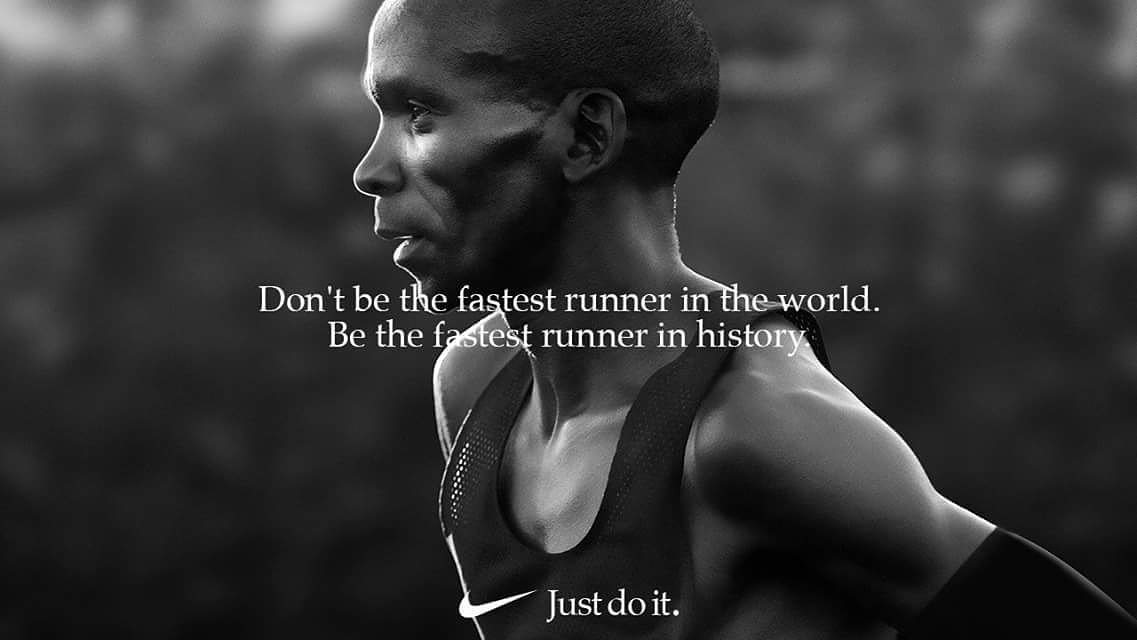
Nike’s “Just Do it” campaign celebrated its 30th anniversary this year, which means it’s been around longer than many of the footwear and apparel company’s customers have been alive. What makes this even more impressive is that the core of the campaign is really as simple as it come: a single three-word slogan.
History
The slogan has somewhat unlikely origins. Dan Weiden, of the Weiden+Kennedy advertising agency, repurposed words spoken by convicted murderer Gary Gilmore, sentenced to death in 1976 — a sentence which Gilmore, in fact, insisted on. “Just do it” was, reportedly, the last thing he ever said, in response to his executioners’ request for any last words. Sinister though these origins may be, Weiden turned the phrase into a call for action, a demand to, well, just do it, regardless of how hard whatever “it” is may be.
This is perfectly exemplified by the slogan’s very first appearance, in a 1988 TV spot which depicts 80-year-old Walt Stack out for a run on the Golden Gate Bridge. He tells us that he runs 17 miles every morning, and charmingly notes that he keeps his teeth from chattering during winter by leaving them in his locker. The spot ends with the now-famous three words in white text on a black background. The message is clear, simple, and powerful: whatever you want to do, you can do it, so what are you waiting for?
The slogan has since appeared across a variety of media: TV, print, billboards, etc. In recent years, the campaign has embraced social media and new technologies. with a photo-editing app and encouraging the use of #justdoit hashtag on Instagram and other social media platforms, essentially creating free user-generated advertising.
Success
The campaign was enormously successful: between 1988, when the campaign launched, Nike increased its share of the North American “domestic sports-shoe” market from 18 to 43 percent, or $877 million to $9.2 billion in worldwide sales.
It accomplished this feat at least in part because the campaign differentiated it from its competitors, like Reebok, who at the time were marketing their own footwear in terms of the athletic purposes for which it was, ostensibly, designed. The genius of “just do it” was that it pitched Nike’s products in terms of lifestyle and fashion choices. A Nike sneaker made a statement on its own, regardless of whether or not you had ever even gone for a run or picked up a basketball in your life. The lasting legacy of “just do it” may well be, as the above linked report suggests, that athletic apparel and footwear are no longer considered the sole domain of athletes, but are indeed for everyone. I don’t think anyone would argue that Nike’s “Just Do It” is one of the best marketing campaigns of all time.
De Beers: A Diamond is Forever
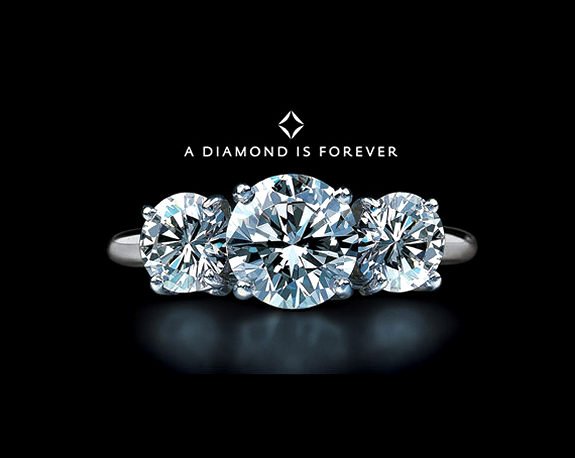
The phrase “a diamond is forever” has become so ubiquitous that at this points seems like just another English idiom, the origins of which are off in the vague and distant past. But it is, in fact, an advertising slogan, and the fact that it seems like just a natural part of our language now speaks to its being one of the most effective such slogans of all time.
History
The slogan was coined by copywriter Frances Gerety of the N.W. Ayer advertising agency in 1947. According to De Beers themselves, the idea behind the campaign was to create a link between diamonds and romance: “the sentiment being,” they write, “love, like diamonds, is eternal.”
The slogan first saw life in print ads, but has since disseminated through all the outlets you would expect. It is still the tagline upon which the company hangs its hat to this day, having appeared in every De Beers ad since 1948. The phrase itself has become an artifact of popular culture, working its way into songs, and even appearing as the title of a James Bond film, in the slightly modified form Diamonds Are Forever.
Success
The campaign was phenomenally successful. Before the slogan debuted, the price of diamonds had been falling, thanks to the Great Depression leaving them with the status of frivolous luxuries. The effect of the campaign was such that De Beers’ wholesale diamond sales in the United States, which added up to $23 million in 1939, had increased to $2.1 billion in 1979.
This huge increase in sales was the result of a profound shift in culture, that was directly instigated by “a diamond is forever” campaign. At the time of the campaign’s launch, the tradition of buying diamond engagement rings was not, in fact, a common one. By linking love with diamonds, and suggesting the diamond as a perfect gift for men to affirm their commitment to the women they loved, the campaign effectively created a tradition we now see as entirely natural, as just the way things are done — a tradition that De Beers itself proudly takes credit for on its website. Without argument, it is safe to say this is one of the greatest marketing campaigns of all time.
Progressive Insurance: Flo
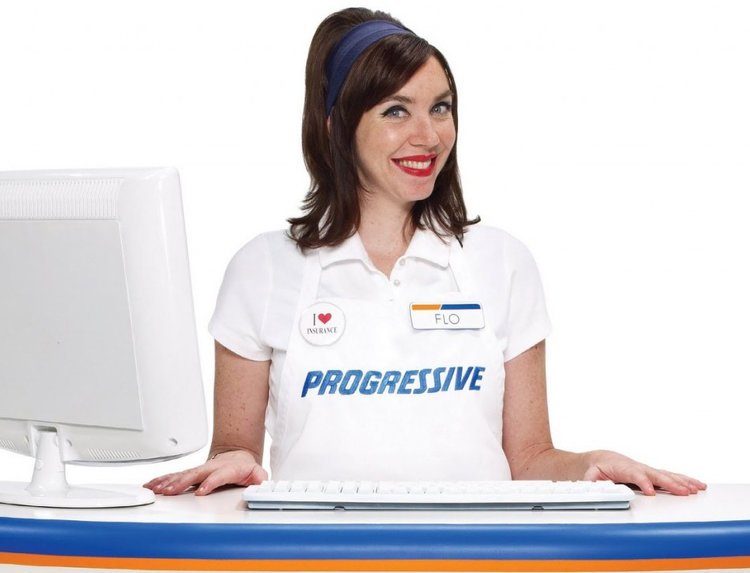
From Mr. Peanut to Ronald McDonald, the mascot has been a staple of advertising for over a century. The power of these characters is that they allow consumers and potential consumers to connect to something beyond just a company or a brand, to not just something but someone, that seems to have a life of its own. Insurance company Progressive Corporation’s “Flo” is one of the most recent examples of just how effective tying one’s image to this kind of personalized figurehead can be.
History
Flo’s inception lies in a happy accident. The character played by actress Stephanie Courtney, first appeared in a TV spot in 2008 as a supermarket cashier. The idea behind the spot was not, initially, to center Flo herself, but to communicate the idea that shopping for insurance could, in fact, be a pleasant and pain-free experience, akin to shopping for groceries at the supermarket. Courtney’s ad-libs and infectious demeanour elevated Flo to the star of the show, and the “supermarket campaign” moved forward with the idea of Flo as the personification of that pleasant insurance-shopping experience.
Since then, the character has appeared in over 100 TV spots and taken on a life of its own outside of this, having become something of a social media star: numerous websites and social media accounts have cropped up dedicated to the character, including a number of popular Facebook pages beyond even the official one. The campaign continued to evolve with fan’s embracing of the character by expanding on the character’s story: in 2014, Flo’s 100th commercial introduced Flo’s extended family, all played by Courtney.
Success
Hitching its wagon to Flo has really paid off for Progressive. As the campaign picked up steam and consumers fell in love with the character, sales increased at an impressive rate. In one two-year period (2011-2013), Progressive’s revenues increased by 15%, for a total of $18.2 billion.
The campaign really helped differentiate Progressive from other insurance companies, and has led to it effectively winning what Progressive CMO Jeff Charney calls “the insurance arms race.” In an industry that has been endlessly lampooned as cold, indifferent, boring, or any other number of negative qualities, Progressive stands out precisely because Flo provides an avenue for consumers to connect to the brand on a personal and emotional level.
Milk: Got Milk?
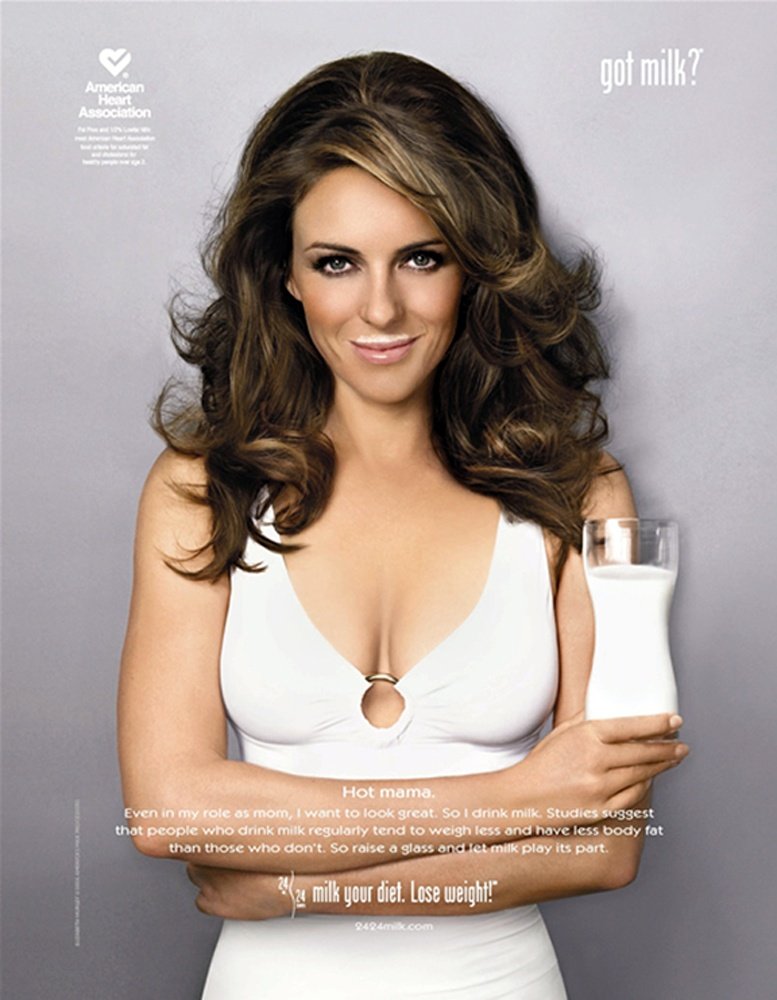
One of the most iconic and successful marketing campaigns of all time isn’t for a particular company or brand at all, but rather for a general category of product across a whole industry: namely, milk. Like Nike’s “just do it,” the campaign proves that simple and straightforward messaging can often be the most effective; the single two-word question “Got milk?” has lodged itself firmly in the public consciousness.
History
The campaign was conceived by Jon Steel, of the advertising agency Goodby, Silverstein & Partners in 1993 for the California Milk Processor Board, a non-profit marketing board funded by California dairy farmers. As part of gathering research for the nascent marketing campaign, Steel assembled a focus group and asked them to abstain from consuming milk for a week, in order to gather data on the role of milk in peoples’ lives.
The result was a discussion about how much people noticed an otherwise-taken-for-granted household item once it was gone. This lead to the idea of a campaign centered around the idea of reminding people to double-check that they did, in fact, have milk. This idea was perfectly communicated in a simple question, communicated through endless TV and print spots and numerous celebrity endorsements (including entirely fictional celebrities like Bart and Lisa Simpson). The campaign was also no longer confined to California, having been licensed to milk processor and dairy farmers across the country.
Success
Since we’re talking about an entire industry and singular product here, and moreover one that was already a household staple, it’s not really possible to talk about the success of the “Got milk?” campaign in terms of simple sales figures.
However, what we can say is that, according to the campaign’s website, the slogan has 90% awareness in the United States, which is to say the majority of Americans know the slogan. If that’s not an unqualified success, we don’t know what is.
Old Spice: The Man Your Man Could Smell Like
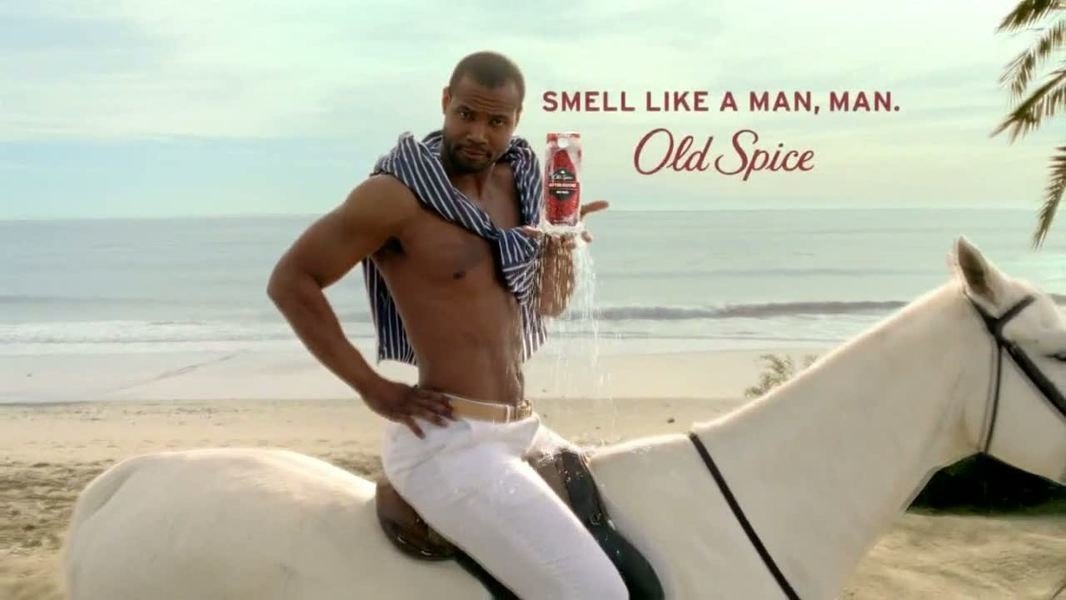
Old Spice’s “The man your man could smell like” campaign perfectly encapsulates the 21st century ad campaign: strange, slightly off-putting in an immediately arresting way, and almost perfectly tailored to go viral on social media. It’s the idea of the marketing campaign that seems first and foremost designed to entertain, with “selling you something” as an afterthought or by-product. But the fact is that the campaign has, in fact, sold a lot of people a lot of somethings.
History
We’re back to Weiden+Kennedy for this last one. The campaign was developed by the advertising agency in 2010, as a series of 30-second commercial spots. The revolutionary idea behind the campaign was to address not the assumed primary consumers of men’s body wash, i.e. men, but women. In the commercials, charming and handsome actor Isaiah Mustafa confidently informs women that he is the man their man could smell like — if, that is, they use Old Spice body wash. The idea was that women, in fact, make the majority of purchasing decisions for household products, even when those products are exclusively used by men.
This ingenious idea of shifting the target market, coupled with some memorable absurdity and endlessly quotable lines, ensured that the campaign became a smash hit, particularly among a younger demographic, which took to sharing the ads across various social media platforms.
Success
At the time of the campaign’s launch, Old Spice’s sales had been flagging. In just a few short months after the first ad appeared, sales increased by 104% — an incredible jump.
Old Spice capitalized on this success by recognizing the role that the viral nature of the ads had played, with a new series of spots in which the “Old Spice Man” responded to social media comments about the videos, thus adding a kind of “real-time” engagement to the campaign that made consumers feel even more connected to the brand.
Conclusion
There you have it, 5 of the best marketing campaigns of all time. Let me know what you think in the comments below.